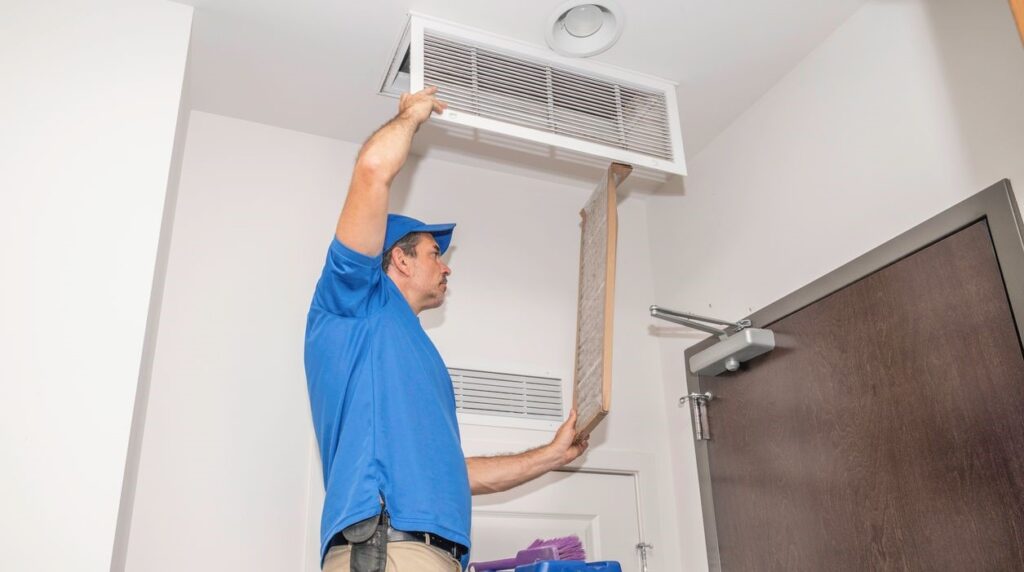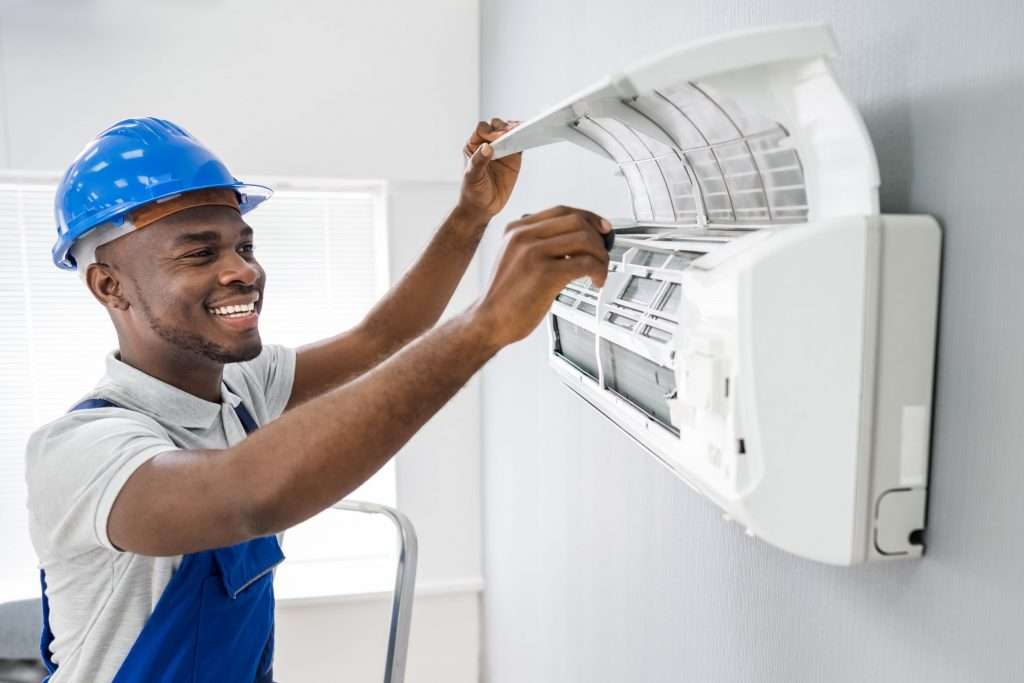The presence of mold in HVAC systems is a concern for many homeowners and business owners. Mold can lead to serious health issues and impact the efficiency of your heating, ventilation, and air conditioning system. This inspection guide aims to provide you with the necessary steps and information to identify and manage mold in your HVAC system effectively.

Understanding Mold in HVAC Systems
Mold thrives in moist environments, and HVAC systems, with their complex network of ducts and vents, often provide ideal conditions for mold growth. Understanding how mold develops in these systems is crucial for effective prevention and remediation.
Why Mold Grows in HVAC Systems
The combination of humidity, dust, and a constant airflow makes HVAC systems particularly susceptible to mold infestations. These systems often accumulate moisture from condensation, which, when coupled with dust and organic debris, becomes a breeding ground for mold.
Health Risks of Mold in HVAC Systems
Mold exposure can lead to allergic reactions, respiratory issues, and other health problems. For sensitive individuals, including those with asthma or weakened immune systems, the risks are significantly higher. Therefore, maintaining a mold-free HVAC system is not just about efficiency but also about safeguarding health.
Conducting an HVAC System Mold Inspection
Regular inspections are key to identifying mold issues early. Heres a step-by-step guide to help you conduct a thorough inspection:
Step 1: Visual Inspection
Begin by visually inspecting accessible components of your HVAC system, including vents, ducts, and the air handler. Look for visible mold, which often appears as black, green, or white patches.
Step 2: Smell Test
If your system emits a musty odor, it could be an indication of mold. Visit Fixing smelly vents for solutions to address odors effectively.
Step 3: Moisture Check
Use a moisture meter to check for dampness around ducts and vents. Any excess moisture can lead to mold growth, so it’s essential to address leaks or condensation issues immediately.
Step 4: Professional Testing
Consider hiring a professional to conduct a more detailed inspection, especially if you suspect extensive mold presence. Professionals can perform tests to identify the type and extent of mold contamination.
Remediation and Prevention Strategies
Once mold is detected, prompt action is necessary to remove it and prevent future occurrences.
Mold Removal Techniques
Depending on the severity, you might choose to clean minor mold spots yourself using commercial mold removers. However, for extensive mold, professional remediation is recommended.
Preventive Measures
Preventing mold involves regular maintenance, including cleaning or replacing air filters, ensuring proper insulation, and maintaining optimal humidity levels. You can learn more about signs and prevention at Air conditioner smells musty.
Maintaining a Mold-Free HVAC System
Routine maintenance is the best defense against mold. Schedule regular professional cleanings and inspections to ensure your system remains mold-free and functions efficiently.
Air Quality Improvement
Improving indoor air quality can also help prevent mold. Consider installing air purifiers or dehumidifiers to keep the air in your home or business clean and dry.
Regular Filter Replacement
Replacing filters regularly is crucial. It prevents dust and debris accumulation, reducing the risk of mold growth.
Conclusion
Addressing mold in HVAC systems is essential for the health and safety of occupants and the efficiency of your HVAC system. Regular inspections, proper maintenance, and timely remediation can help keep your environment healthy and comfortable.

FAQs
How often should I inspect my HVAC system for mold?
Its recommended to inspect your system at least twice a year, ideally before the start of each heating and cooling season.
Can I clean mold from my HVAC system myself?
While small mold patches can sometimes be cleaned with household products, significant infestations require professional remediation to ensure complete removal and safety.
What are the common signs of mold in HVAC systems?
Common signs include musty odors, visible mold on vents or ducts, and increased allergy symptoms among occupants. Visit Odor in house vents symptoms for more information.
This article contains affiliate links. We may earn a commission at no extra cost to you.